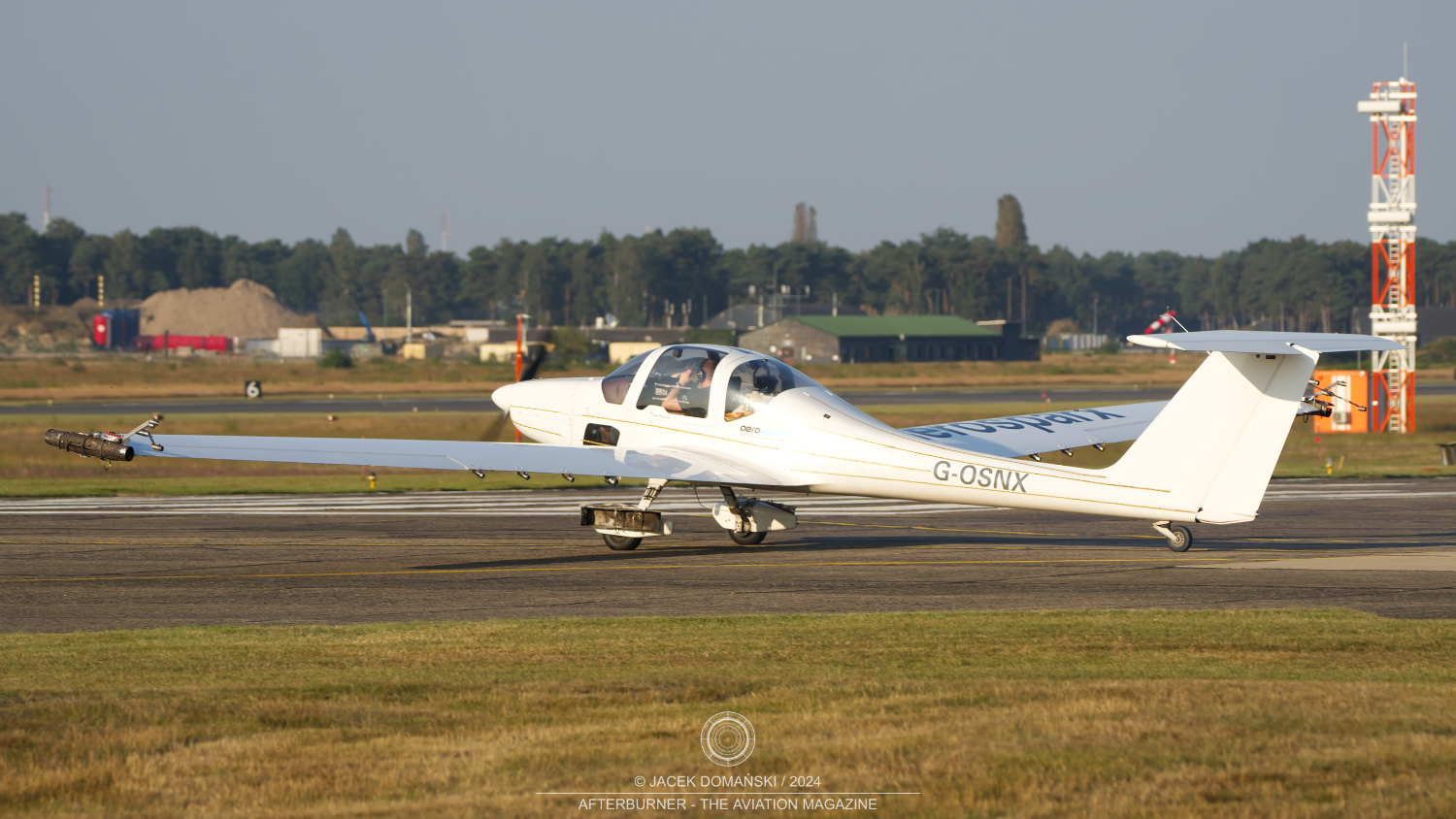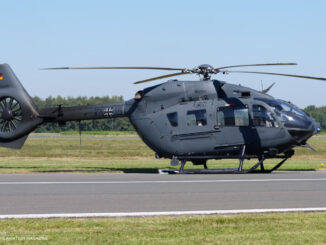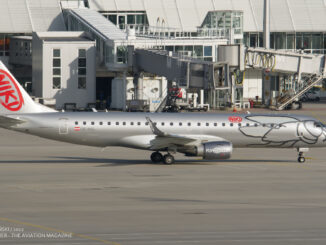 Grob G 109B (c/n 6413, G-OSNX of the AeroSPARX display team, formerly OH-740) taxiing at Kleine-Brogel AFB during the Spotter Day 2024, Kleine-Brogel, September 2024.
Grob G 109B (c/n 6413, G-OSNX of the AeroSPARX display team, formerly OH-740) taxiing at Kleine-Brogel AFB during the Spotter Day 2024, Kleine-Brogel, September 2024.
In the late 1970s, the German aviation company Grob Aerospace – until then known for its Astir gliders – developed its first powered aircraft. It was a self-launching motor glider designated G 109, featuring two seats in a side-by-side configuration and powered by an 80 hp four-cylinder Limbach L2000 piston engine.
The G 109 prototype made its maiden flight on 14 March 1980. Immediately afterwards, it was found that, despite being well-designed and having excellent aerodynamic performance, the glider was noticeably underpowered. The manufacturer addressed the issue by increasing the wingspan to 16.6 metres, rather than equipping the G 109 with a more powerful engine.
Nevertheless, the larger wings did not compensate for the low power output. The glider was approved for serial production as the Grob G 109A and soon became well-known for its take-off issues, poor climb rate and engine overheating. Following several failed take-offs and emergency landings, the G 109A quickly earned the nicknames “dirt-sniffer” and “ground-hugger”.
Between 1982 and 1984, approximately 150 examples of the G 109A were built. Many of them featured a range of modifications intended to solve the aforementioned issues, eventually including the installation of the L2400 powerplant – a more powerful variant of the Limbach engine generating 90 hp.
In 1984, the Grob company finally developed an upgraded variant of the glider. The G 109B was fitted with the 95 hp Grob 2500E1 four-cylinder engine, thinner wings with an increased span of 17.4 metres, and a redesigned undercarriage. The modernised aircraft also featured a new canopy with two separate doors.
The new version of the glider was well received and performed well on the market. More than 300 examples of the G 109B were built and sold worldwide.
In 1991, over 50 examples were acquired by the Royal Air Force. Known as the Vigilant T Mk 1, the aircraft was used by the Volunteer Gliding Squadrons and the RAF Central Gliding School to train air cadets. The Grob gliders remained in active service with the RAF until May 2018.
The G 109B was also purchased by the Australian Air Force Cadets and the Royal Thai Air Force, where it was designated B.R.2.
For the Grob company, the G 109 represented the first, ultimately successful, step into the production of powered aircraft. It was soon followed by the G 115, a two-seat aerobatic monoplane introduced to the market in 1987.
In the early 2000s, the company launched a programme to develop a jet-powered aircraft, but this was soon cancelled due to Grob Aerospace’s insolvency.
In 2009, the manufacturer was taken over by H3 Aerospace and rebranded as Grob Aircraft AG. In June 2025, Grob was acquired by Helsing SE, a German defence start-up based in Munich. According to the press release issued at the time, the company’s main goal is to develop the next generation of combat and reconnaissance aircraft integrated with AI solutions.



